Sick Maple Trees
bensmith82
9 years ago
Related Stories
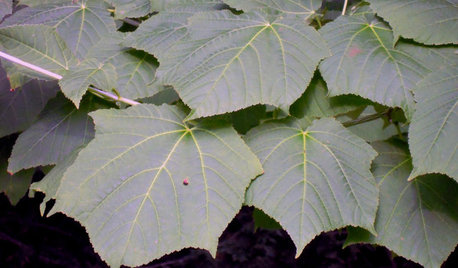
GARDENING GUIDES5 Amazing Small Maple Trees
There's more to maples than syrup. Expand your maple milieu with any of these 5 small and unusual trees
Full Story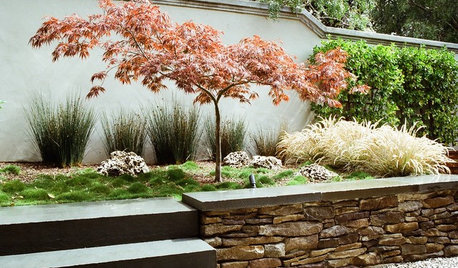
GARDENING AND LANDSCAPINGGreat Design Tree: Japanese Maple
Lacy form and fiery fall color make Japanese maple a welcome tree for garden or patio
Full Story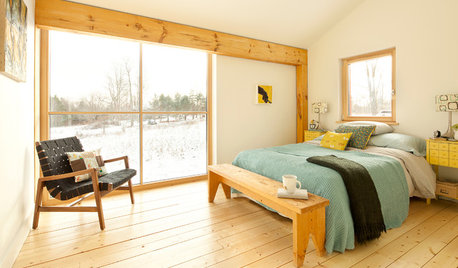
LIFE10 Feel-Better Things to Do on a Sick Day at Home
Nourish, pamper and heal yourself when a cold keeps you housebound, with these restorative ideas
Full Story
GARDENING GUIDES12 Japanese Maples for a Sunny Garden
The right maple in the right place shines in hot summer sun
Full Story
TREES11 Japanese Maples for Breathtaking Color and Form
With such a wide range to choose from, there’s a beautiful Japanese maple to suit almost any setting
Full Story
TREESGreat Design Plant: Coral Bark Japanese Maple, a Winter Standout
Go for garden gusto during the chilly season with the fiery red stems of this unusual Japanese maple
Full Story
GARDENING GUIDES13 Japanese Maples for Shade
A surprising variety of these understory trees is waiting to make a statement in your shade garden
Full Story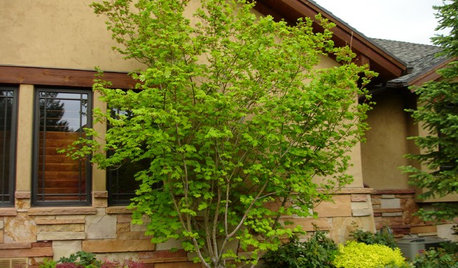
LANDSCAPE DESIGNGreat Design Plant: Vine Maple
Exciting year-round color and adaptability make this highly ornamental native small tree a top choice for home gardens
Full Story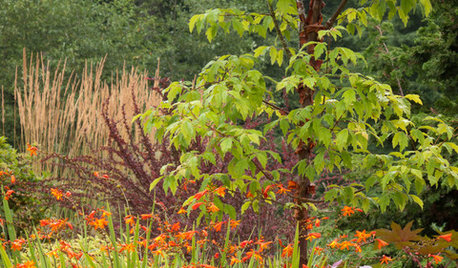
GARDENING GUIDESGreat Design Plant: Paperbark Maple
With fall foliage like a sunset and bark the color of cinnamon, this tree is a highlight of the landscape
Full Story
ARBOR DAY8 Reasons to Plant a Great Tree
Beauty is its own reward, but the benefits of planting the right tree in the right place go way beyond looks
Full Story





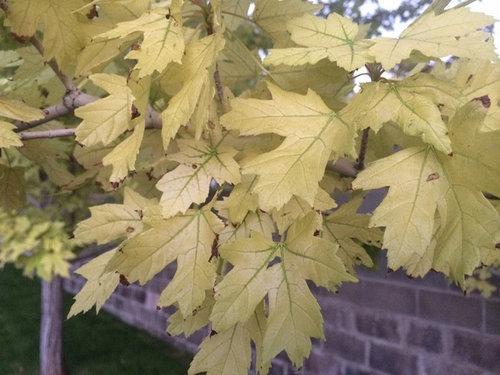

ken_adrian Adrian MI cold Z5
wisconsitom
Related Professionals
Bellflower Landscape Architects & Landscape Designers · Cary Landscape Architects & Landscape Designers · Kenmore Landscape Architects & Landscape Designers · Redondo Beach Landscape Architects & Landscape Designers · Hollywood Landscape Contractors · Longmont Landscape Contractors · Wentzville Landscape Contractors · Saco Siding & Exteriors · Bonney Lake Decks, Patios & Outdoor Enclosures · Boynton Beach Decks, Patios & Outdoor Enclosures · Knoxville Decks, Patios & Outdoor Enclosures · Mastic Decks, Patios & Outdoor Enclosures · Midwest City Decks, Patios & Outdoor Enclosures · Richmond Decks, Patios & Outdoor Enclosures · St. Louis Decks, Patios & Outdoor Enclosuresj0nd03
bengz6westmd
j0nd03
bensmith82Original Author
bensmith82Original Author
bensmith82Original Author
bensmith82Original Author
gardener365
j0nd03
allen456
j0nd03
gardener365
j0nd03
gardener365